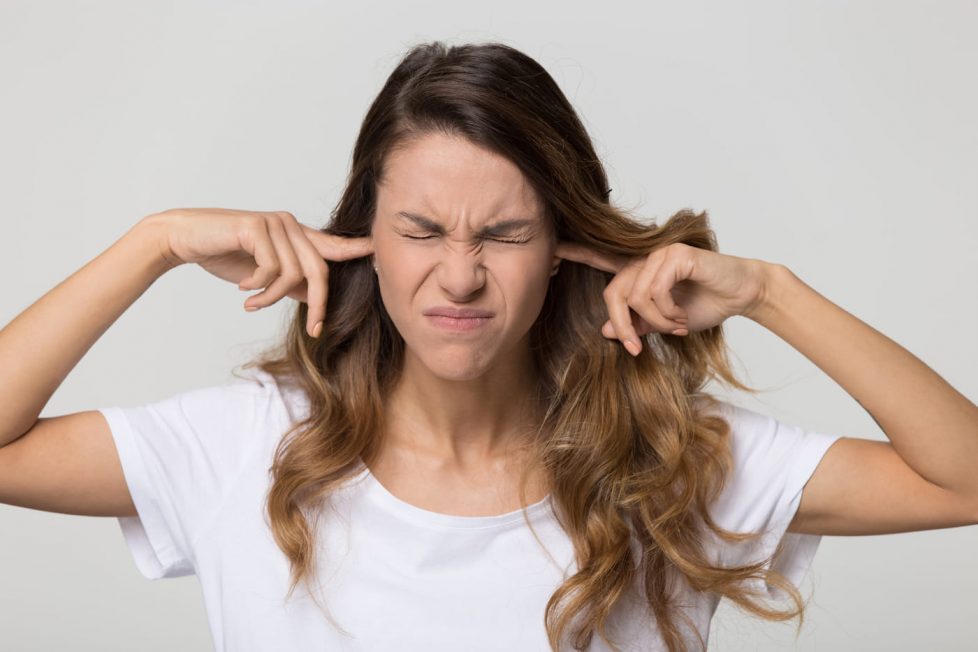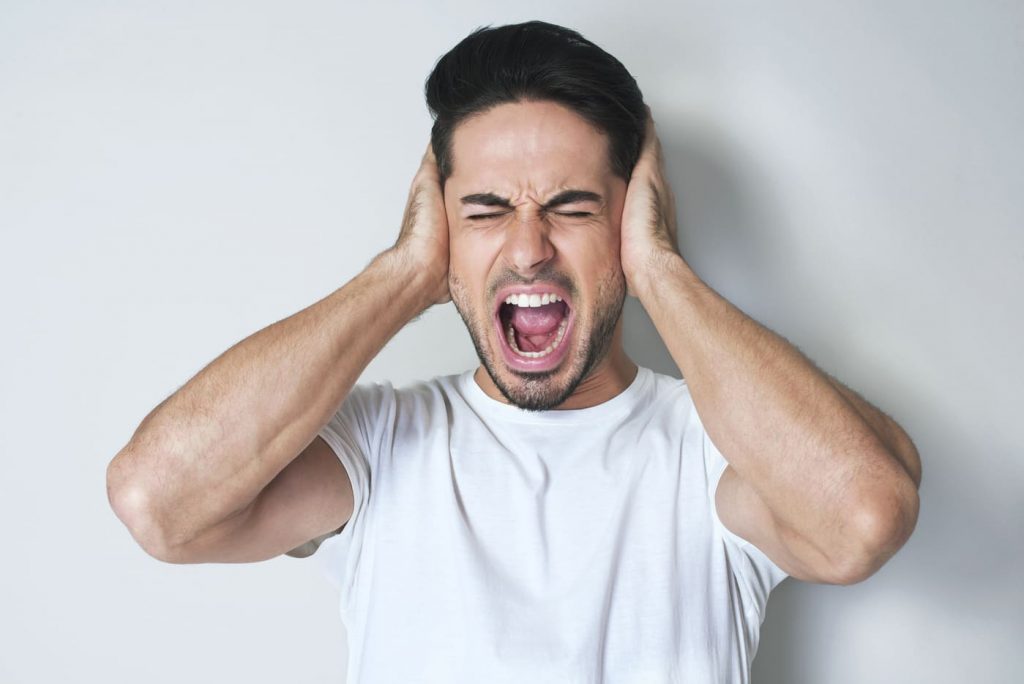What is misophonia?
Misophonia is a disorder that can put a cramp in your social life.

Misophonia, also called selective sound sensitivity syndrome, is a condition in which certain sounds trigger an outburst marked by irritation, anger, or aggression. People with this disease react in an extreme and often emotional way to certain “trigger” sounds. Reactions range from annoyance, running away, or even rage with some individuals lashing out violently.
A person experiencing misophonia generally has excellent hearing. It is not a sensitivity to the volume of sound, but an emotional and physiological reaction to specific sounds. At first it is generally the sounds of specific individuals that cause the reaction, but it usually spreads to the sounds made by others and to additional sounds. For example, the chewing sound of a friend may be annoying, while the chewing sound of a parent elicits a strong reaction and is intolerable.
It seems to occur more frequently in a person with a higher level of anxiety, stress, or compulsive behavior. The reaction often develops first to a parent or family member where the person has a high level of anxiety or distress and they repeatedly hear the sound. It also seems to happen when a person cannot escape from the sound, such as at the dinner table, in a car, or even laying in bed. In rare cases, the original misophonia trigger has been a repeating visual image or body movement.
People with misophonia are affected emotionally by common sounds — usually those made by others, and usually ones that other people don’t pay attention to. The examples above (breathing, yawning, or chewing) create a fight-or-flight response that triggers anger and a desire to escape.
It is little studied and we don’t know how common it is. It affects some worse than others and can lead to isolation, as people suffering from this condition try to avoid these trigger sounds. People who have this disease often feel embarrassed and don’t mention it to healthcare providers — and often healthcare providers haven’t heard of it anyway. Nonetheless, it is a real disorder and one that seriously compromises functioning, socializing, and ultimately mental health. Usually appears around age 12, and likely affects more people than we realize.

Some research suggests that people with this disorder may have greater connectivity between the anterior insular cortex (AIC), an area of the brain important in emotional processing, and the auditory cortex.4
People who also have obsessive-compulsive disorder (OCD), Tourette syndrome, and anxiety disorders are also more likely to have misophonia.
It is more common in people who also have tinnitus, a condition in which people hear noises, often a ringing sound, that no one else can hear.
It tends to run in families, so it is likely there is a genetic component that increases the risk of developing the condition.
Despite increased awareness of the disorder, research on misophonia is very limited with most information coming from extremely small studies and case reports. Epidemiological evidence is also lacking. Some studies suggest that the incidence of this disease is much higher than professionals have previously thought but many people only have mild symptoms for which they do not seek treatment.
While misophonia is sometimes compared to another condition called hyperacusis, their triggers tend to be soft everyday sounds, in fact, many of them seem to involve bodily functions. The following are common triggers: breathing, chewing, clicking, dishes clattering or spoons scraping on dishes, dogs barking, fingernail clipping, fingernail tapping, lip-smacking, Nose wheezing, nose whistling, slurping, sneezing, sniffing, snorting, whistling, yawning.
It is interesting to note that in the case of bodily functions such as yawning or lip-smacking, the sound often only triggers a response when it is produced by another person. Like hyperacusis, many people with misophonia also suffer from tinnitus.
There are currently no established treatments. However, some treatment options that may be beneficial include:
This approach can help people change some of the negative thoughts and associations with the sounds that typically trigger a response. One study published in the Journal of Affective Disorders found that almost 50% of people with misophonia who were treated with CBT experienced a significant reduction in symptoms.
While there is no medication approved to treat misophonia, medications may be prescribed to treat co-occurring conditions such as anxiety or depression.
This approach involves wearing a device to produce attention-diverting noises, therapy to teach people to ignore the noises, and relaxation techniques to minimize the automatic stress response. While traditionally used in the treatment of tinnitus, TRT may help people learn to better tolerate certain triggering noises.
